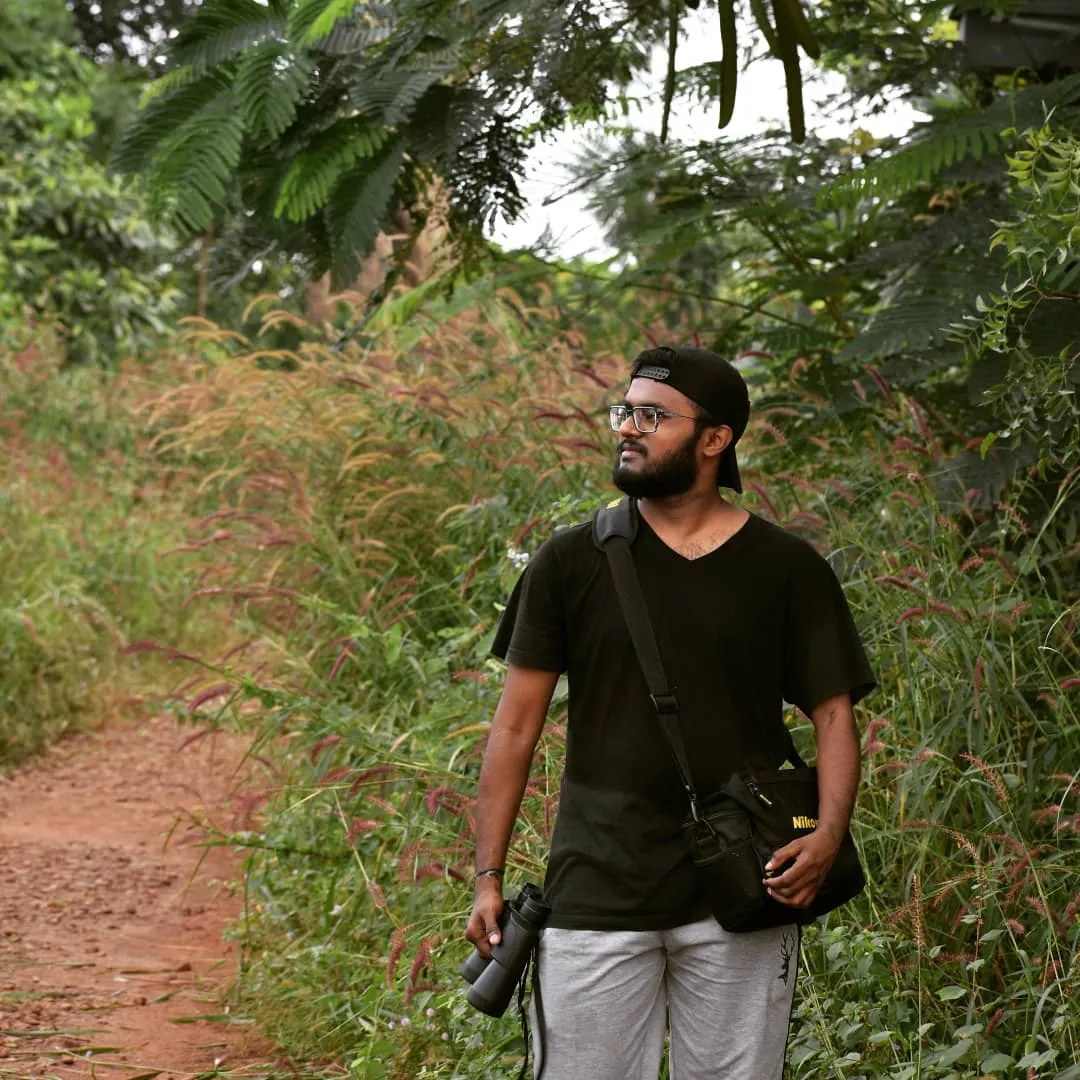Overview
The Evolutionary Story of the Eastern Ghats Project at GITAM explores how reptiles and amphibians came to inhabit the Eastern Ghats and how these lineages have evolved. By tracing the origins and diversification of these species, the project aims to build a broad picture of the region’s evolutionary history over the past 30 million years. Through the lens of frogs, snakes, and lizards, the study seeks to gain insights into how life in the Eastern Ghats has changed over deep time.
Research objectives
- Synthesize and expand existing phylogenetic knowledge of Eastern Ghats herpetofauna.
- Investigate biogeographic patterns across the Eastern Ghats.
- Assess the role of the Eastern Ghats in shaping biodiversity over deep time.
The Evolutionary Story of the Eastern Ghats by Aparna Lajmi
Research approach
To understand the relationships between various species of amphibians and reptiles, the project utilizes genetic data to inform its analysis. By comparing DNA sequences across species, scientists can construct phylogenies- family trees that illustrate the evolutionary relationships between species.
In this project, published phylogenies of reptiles and amphibians are brought together, with additional species added to fill existing gaps. Timelines are refined to estimate when different groups split from one another. This evolutionary framework is then combined with current distribution and habitat data to trace the origins of these lineages and how various groups of amphibians and reptiles dispersed and diversified over the last 30 million years. Together, these analyses offer a window into the deep evolutionary history of the Eastern Ghats.
Research outcomes and impact
This project will create a comprehensive evolutionary framework for reptiles and amphibians of the Eastern Ghats. By combining genetic data, published phylogenies, and biogeographic analyses, it will:
- Clarify evolutionary origins – Identify when and where key lineages of frogs, snakes, and lizards in the Eastern Ghats arose.
- Reveal biogeographic patterns – Show how geography, climate, and geology have shaped the movement and diversification of species over time.
- Highlight conservation value – Provide insights into the unique evolutionary history of the Eastern Ghats, strengthening arguments for conserving its habitats and biodiversity.
The outcomes will not only advance scientific understanding of one of India’s least studied mountain ranges but also raise awareness of its ecological and evolutionary significance.
Research support from GITAM
GITAM has been immensely supportive of this research by providing laboratory infrastructure and essential equipment to establish the research program, along with a seed grant that helped initiate the work. The university has also funded the Ph.D. student contributing to the project’s early findings. Beyond funding, GITAM fosters a warm, collaborative, and flexible environment that encourages innovation and sustained research growth.
Funding agencies
GITAM seed grant

Department of Biotechnology, Govt. of India
















